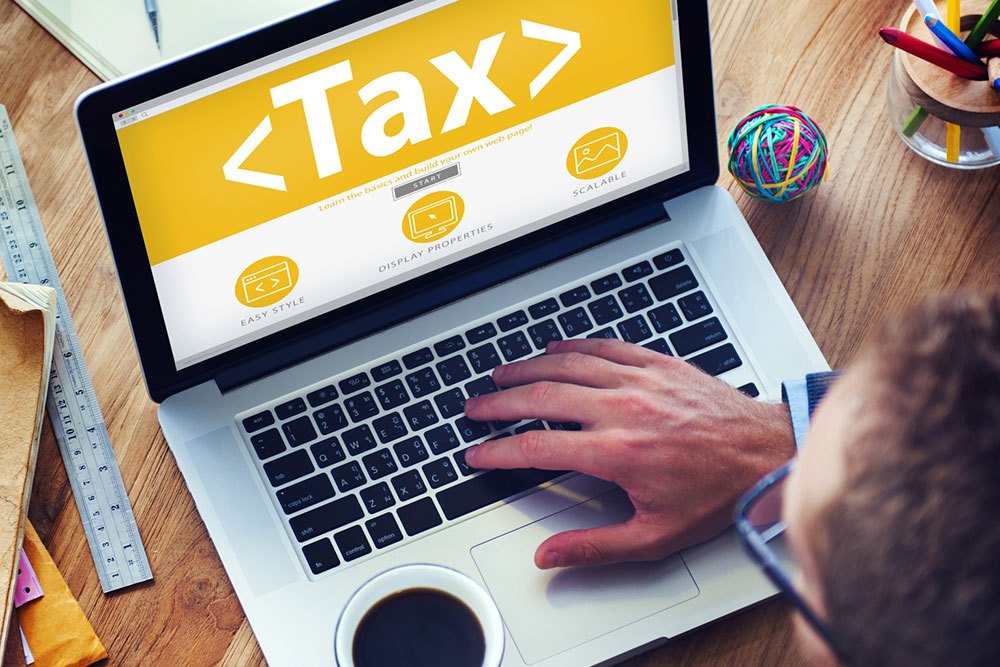Complete Guide to Online Income Tax Return Filing for Stress-Free Tax Season
This comprehensive guide simplifies the online income tax return filing process, covering steps from selecting the right form to accurate completion and submission. Learn how technology has transformed tax season, ensuring your filings are smooth, error-free, and on time. Whether you're a first-timer or experienced filer, this article offers useful tips and detailed insights to optimize your online tax experience. Stay updated with deadlines and benefits of e-filing to maximize your tax return benefits and avoid penalties.

Effortless Online Tax Return Filing: Simplify Your Tax Season
In today’s digital age, the landscape of tax filing has been revolutionized, allowing millions of taxpayers to submit their income tax returns conveniently via the internet. Transitioning from traditional paper methods to online platforms not only saves time but also minimizes errors and enhances overall efficiency. As technology continues to evolve, understanding the process of online income tax return submission has become essential for working professionals, self-employed individuals, and small business owners alike.
One of the crucial first steps in online tax filing is selecting the appropriate tax form that accurately reflects your financial situation. The right form ensures that you maximize all eligible deductions, credits, and income declarations. Missing out on the correct form can lead to reporting issues or missed opportunities for tax savings, which can cause delays or penalties in the future. Therefore, familiarizing yourself with the available options and understanding your financial details is fundamental to a smooth filing process.
Step-by-Step Process for Filing Your Income Tax Return Online (U.S. Context)
For residents in the United States, the most common federal income tax form is IRS Form 1040, often referred to as the standard or long form. If you are uncertain about which form suits your situation—such as if you have special circumstances like self-employment, rental income, or if you're claiming certain credits—consult the IRS guidelines or seek professional assistance. The Form 1040 is easily accessible on the official IRS website, where you can download it in PDF format, or use authorized e-filing platforms to submit electronically.
The deadline for submitting your federal tax return is traditionally April 15th of each year. However, if you anticipate difficulties meeting this deadline, you can apply for a six-month extension, which typically extends your filing deadline to October 15th. Despite this extension, any taxes owed are still due by April 15th to avoid interest and penalties. Therefore, it is wise to estimate your tax liability early and make any necessary payments before the deadline.
Preparing and Completing Your Tax Form Accurately
Accurate completion of your tax form is vital to ensure proper processing and to avoid audits or delays. Before starting, gather all relevant documents: proof of identity such as your driver’s license or state ID, your Social Security Number, and documentation of your income sources including W-2s, 1099s, or bank interest statements. You should also prepare records of deductible expenses like mortgage interest, medical costs, charitable contributions, and education expenses.
Follow the detailed instructions provided with the form carefully. Most online filing platforms have step-by-step guides, prompts, and validation checks to guide you through the process. Be sure to double-check entries for accuracy, especially Social Security numbers, income amounts, and deduction claims. If your financial situation is complex or you are unsure about certain entries, it's advisable to consult with a tax professional experienced in online tax preparation. Many online platforms offer the option to connect with tax experts or accountants for assistance.
Once completed, you can electronically submit your tax return directly through the platform. If you owe taxes, you can choose your preferred payment method—be it direct bank transfer, credit card, or electronic funds withdrawal. Remember, timely submission and payment are essential to avoid late fees and penalties. If you need more time, filing for an extension is straightforward and can be done online, but paying any estimated taxes due by the original deadline remains critical to avoid accumulating interest.
In conclusion, the process of filing income tax returns online has become more accessible and efficient thanks to technological advancements. By understanding the correct forms, gathering all necessary documents, and following the step-by-step instructions, taxpayers can confidently complete their filings from the comfort of their homes. Staying informed about deadlines, extension options, and payment methods can help you navigate tax season smoothly, potentially saving you time, money, and stress throughout the process.





